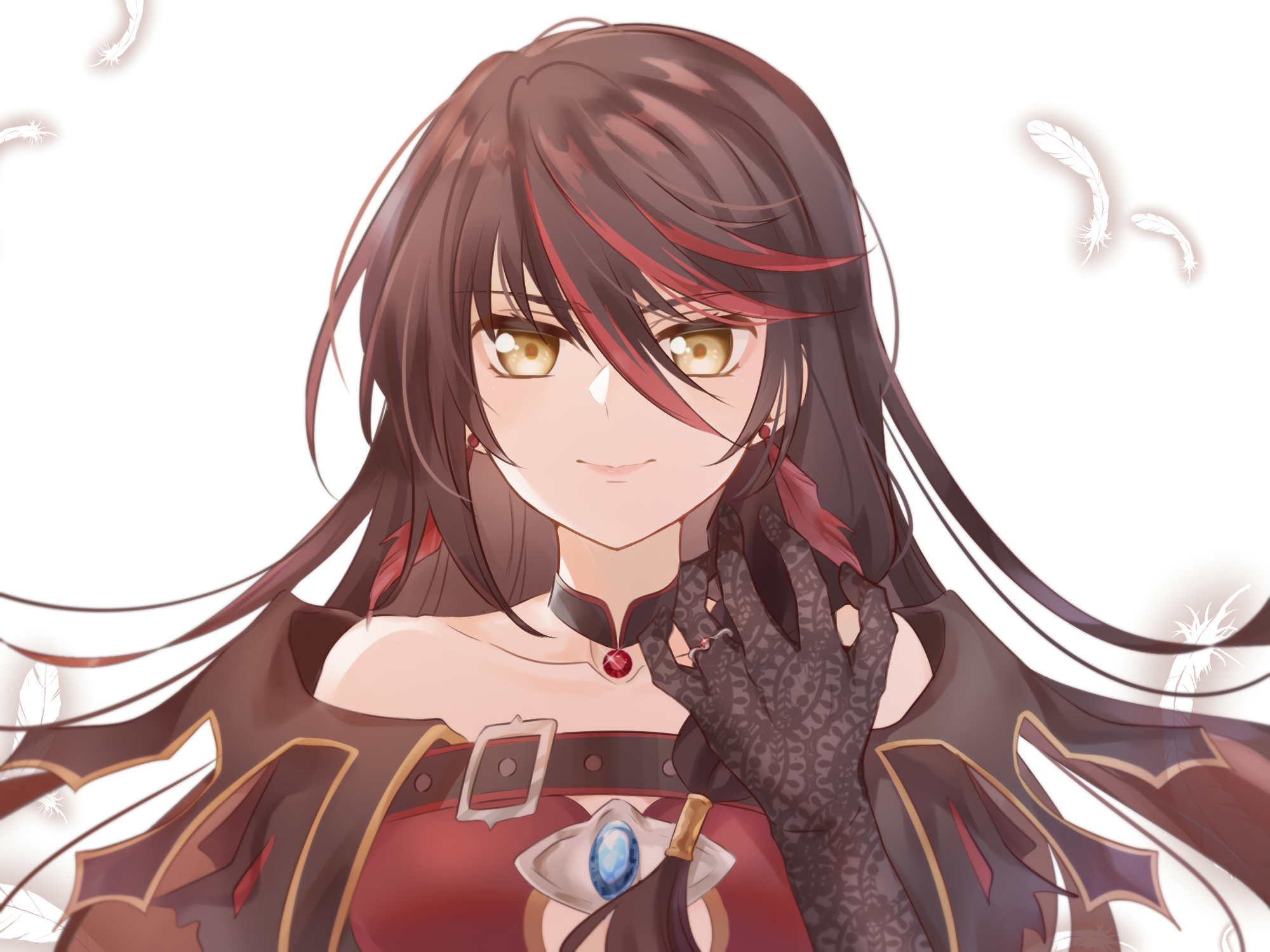Have you ever wondered how a game from 2003 could still be so iconic today? When it comes to video game design, few things are as memorable as the visuals that accompany them, and Halo is a prime example. The game didn’t just change the landscape of first-person shooters; its icons and banners became symbols of a gaming revolution. What was it about halo (2003) game icons banners that left such an indelible mark on the gaming community? Let’s dive into the world of Halo‘s game icons and banners to find out.
A Game That Defined an Era
Halo: Combat Evolved, released in 2003, was more than just a first-person shooter; it was the start of a cultural phenomenon. At a time when console shooters were seen as secondary to PC gaming, Halo broke through with its seamless gameplay and, more halo (2003) game icons banners importantly, its strong visual identity. Players were introduced to iconic characters, vehicles, and environments that would go on to shape not just Halo, but gaming in general.
The impact wasn’t only limited to gameplay. The game’s icons and banners, which might seem like minor details, contributed to an immersive experience that kept halo (2003) game icons banners players hooked. Each icon symbolized a specific element of the game, and these visuals became a form of communication between the game and its players.
What Are Game Icons and Banners?
Before we dive into Halo‘s specific designs, let’s break down what game icons and banners are. Game icons are small graphic representations, often used for character classes, weapons, items, or in-game functions. These icons are carefully crafted to be instantly halo (2003) game icons banners recognizable and communicate specific information to players quickly. A well-designed icon can convey meaning without a single word, giving players insight into what they can expect or need to do.
Banners, on the other hand, are usually larger visual elements used in the user interface or promotional materials. They are meant to capture the essence of the game in a more broad, artistic sense. Banners often showcase a game’s tone, its main characters, or a specific moment that will grab a player’s attention.
In Halo, both icons and banners were given a lot of attention, and their designs helped solidify the game’s place in history.

The Master Chief: A Symbol of Bravery
One of the most instantly recognizable icons from Halo is, of course, the Master Chief’s helmet. The Master Chief became the face of the franchise, and his helmet icon, which appears in various menus and marketing materials, represents more than just a character. It became a symbol of courage and determination.halo (2003) game icons bannersOne of the most instantly recognizable icons from Halo is, of course, the Master Chief’s helmet. The Master Chief became the face of the franchise, and his helmet icon, which appears in various menus and marketing materials, represents more than just a character. It became a symbol of courage and determination.
The designers behind Halo knew that making Master Chief an icon wasn’t just about gameplay. They wanted to make sure players felt connected to him. His helmet’s simple yet futuristic design spoke volumes. Whether you were selecting your player profile or viewing promotional banners, the Master Chief’s silhouette was an unmistakable presence.
Weapons and Vehicles: Iconic Arsenal
A huge part of Halo’s appeal was its diverse selection of weapons and vehicles, each represented by an icon. These visuals weren’t just there for show; they were functional too. When players needed to quickly switch weapons or find a vehicle, these icons made the process faster and smoother.
From the energy sword’s sleek curve to the iconic Warthog’s rugged shape, each of these icons was immediately identifiable. They helped players make quick decisions in the heat of battle, and over time, became ingrained in the minds of players. Gamers still get halo (2003) game icons banners nostalgic at the sight of the sniper rifle or the Ghost vehicle, all thanks to the brilliant design of Halo‘s icons.
How Banners Set the Stage
Banners, while often underappreciated, played a massive role in drawing players into the world of Halo. Whether they were seen during in-game loading screens, promotional posters, or online leaderboards, the banners were crucial in setting the mood for the game. halo (2003) game icons banners These larger visual elements often featured atmospheric landscapes, intense battle scenes, or close-ups of key characters like the Master Chief.
The iconic banner of Master Chief standing tall, with the backdrop of an alien ringworld, is still used in Halo’s marketing even today. It’s simple, but it’s effective. This banner wasn’t just art; it was a promise. It told players that they were about to embark on a halo (2003) game icons banners grand, epic journey. When people saw that banner, they knew they were in for something special.
Designing for Impact
One of the key reasons Halo‘s icons and banners remain so iconic is the thought that went into their design. Bungie, the original developers, paid close attention to how each visual would impact the player. Colors, shapes, and textures were meticulously chosen to evoke the right emotions. The use of greens, blacks, and metallics in the icons gave players a sense of advanced technology and military might, while also making them feel part of an epic war for survival.
In designing the banners, the art team ensured that the vastness of the Halo universe was always evident. Wide, sweeping landscapes, filled with detail, gave halo (2003) game icons banners players the sense that they were part of something much larger than themselves. It wasn’t just a shooter; it was a battle for the future of humanity.
The Legacy Continues
Even today, new Halo games continue to use these iconic designs as their foundation. While the graphics have improved and new elements have been added, the core icons and banners remain true to the originals. This consistency has helped maintain Halo’s brand identity over the years. Fans of the series can instantly recognize a Halo game just by looking at the visuals.
This attention to detail and brand consistency is why Halo has remained a staple in gaming. The Master Chief’s helmet, the glowing plasma sword, and the rugged halo (2003) game icons banners Warthog vehicle have all become symbols that gamers hold close to their hearts.
Why It Still Matters
You might be wondering, why do these visuals matter so much. The answer lies in immersion. When playing a game, you want to feel fully invested in the experience. The icons and banners in Halo were so carefully designed that they didn’t just tell players what halo (2003) game icons banners they were doing—they made players feel like they were part of something bigger.
These small yet powerful design elements connected players to the world they were exploring and made the gameplay even more enjoyable. Whether you were halo (2003) game icons banners battling the Covenant or driving across an alien landscape, the visuals always pulled you back in.
A Nostalgic Look Back
For many gamers, revisiting Halo (2003) is a trip down memory lane. The game’s visuals, especially the icons and banners, invoke nostalgia for those early days of the franchise. Many players still fondly remember the first time they saw the Master Chief’s helmet or halo (2003) game icons banners the loading screen banners before an epic match.
But beyond nostalgia, it’s the timeless quality of these designs that keeps them relevant today. Whether you’re playing the original Halo or a more recent installment, halo (2003) game icons banners those iconic visuals remain just as impactful.
Conclusion: More Than Just a Game
In the end, Halo wasn’t just about shooting aliens or mastering multiplayer. It was about immersion, and the game’s icons and banners played a huge role halo (2003) game icons banners in creating that experience. From the recognizable shape of the Master Chief’s helmet to the expansive, awe-inspiring banners, every detail was designed with purpose.
So, the next time you play Halo, take a moment to appreciate the icons and banners that helped shape one of the most iconic games in history. These visuals aren’t just there to guide you—they’re part of a legacy that’s lasted over two decades. halo (2003) game icons banners Isn’t it amazing how such small details can have such a huge impact?









